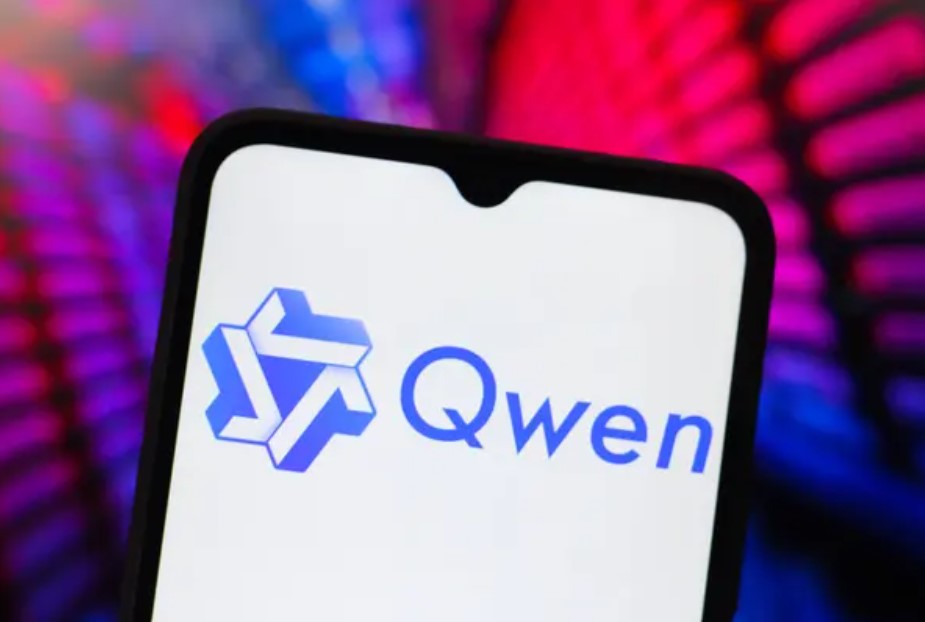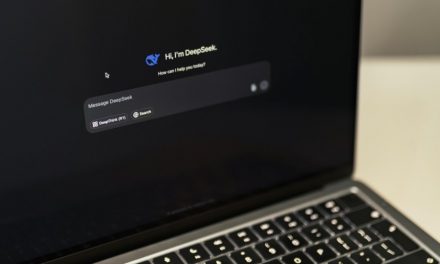When Alibaba Cloud’s engineers first demonstrated Qwen2.5-Max’s ability to diagnose rare medical conditions by cross-referencing radiology images with patient histories in real time, the room fell silent. This wasn’t just another incremental update to a large language model—it was a glimpse into a future where AI systems could seamlessly bridge domains once considered irreconcilably human. Launched in May 2024, Qwen2.5-Max arrives at a pivotal moment in artificial intelligence development, where the race to dominate enterprise AI has shifted from raw computational power to nuanced, industry-specific problem-solving. But what makes this model different from its predecessors and competitors? And why should global enterprises take notice?
Alibaba’s Enterprise Play
The unveiling of Qwen2.5-Max comes less than a week after Alibaba Cloud inked a landmark partnership with Siemens Healthineers, aiming to integrate the model into diagnostic workflows across 150 hospitals in Asia and Europe. This real-world deployment—unprecedented in scale for a general-purpose AI—signals Alibaba’s ambition to pivot from consumer-facing applications to mission-critical enterprise systems. Unlike previous models optimized for chatbots or creative tasks, Qwen2.5-Max is engineered for boardrooms, research labs, and industrial control centers, with a focus on airtight security, regulatory compliance, and multi-modal reasoning.
Industry analysts are calling it “the first LLM built for C-suite decision-makers,” but to understand its significance, we must examine how Alibaba has quietly redefined what enterprise AI means in practice.
The Evolution of Qwen
To appreciate Qwen2.5-Max’s technical leap, consider the trajectory of its predecessors. The original Qwen (2022) was a competent but unremarkable text generator, while Qwen2.0 (2023) introduced basic multi-modal capabilities. The breakthrough came with Qwen2.5’s “cognitive architecture,” a radical redesign inspired by hybrid neuro-symbolic systems.
“We stopped thinking of it as a language model and started treating it as a reasoning engine,” explains Dr. Li Wei, Alibaba Cloud’s Chief AI Architect, during an exclusive interview. “Traditional LLMs are autocomplete systems on steroids—they predict the next token. Qwen2.5-Max constructs solutions using a layered approach that separates factual recall, logical deduction, and creative synthesis.”
This architecture explains the model’s prowess in scenarios requiring precision and accountability. For instance, when processing a supply chain optimization query, Qwen2.5-Max doesn’t merely generate plausible-sounding steps—it builds decision trees weighted by real-time logistics data, regulatory constraints, and even geopolitical risk factors sourced from Alibaba’s proprietary databases.
How Qwen2.5-Max Outmaneuvers Competitors
While comparisons to ChatGPT-4 and Claude 3 dominate headlines, Qwen2.5-Max’s differentiation lies in three engineered innovations:
Dynamic Modality Routing
Unlike competitors that process text, images, and audio through separate pipelines, Qwen2.5-Max employs a patent-pending “fusion encoder” that dynamically allocates computational resources based on input complexity. During a demo at Alibaba’s Hangzhou HQ, the model analyzed a 10-minute video of factory machinery, identified a failing component through audio vibrations, and cross-referenced supplier databases to recommend replacement parts—all within a single inference pass.
Compliance-Aware Training
Here’s where Alibaba’s enterprise focus shines. The model was trained on a curated corpus that includes legal documents from 40 jurisdictions, enabling it to automatically flag regulatory risks in outputs. “If you ask it to draft a patient consent form,” notes Maria Chen, a healthcare AI consultant, “it won’t just generate text—it’ll adjust clauses based on whether you’re operating under GDPR, HIPAA, or China’s PIPL, something even specialized legal models struggle with.”
Economies of Scale, Democratized
Alibaba’s cloud infrastructure—the third-largest globally—allows Qwen2.5-Max to offer a price-per-token 37% lower than GPT-4 Turbo for enterprise users. But the real cost savings come from vertical integration. As Tencent AI Lab’s former director, Zhang Hao, observes: “Alibaba isn’t just selling a model—they’re offering a turnkey AI solution. Need to process Arabic invoices while ensuring Saudi data localization? Their model plugs directly into existing cloud storage and compliance tools. Competitors can’t match that seamlessness.”
Progress vs. Privacy
No analysis of Qwen2.5-Max is complete without confronting its ethical implications. While Alibaba touts the model’s “privacy-first design,” including on-premises deployment options, critics highlight inherent tensions.
“The same architecture that makes it brilliant at cross-border compliance also makes it alarmingly adaptable to surveillance,” warns Dr. Emily Tan, an AI ethics researcher at Stanford. She points to the model’s ability to infer unstated connections—for example, linking a supplier’s delayed shipment to unrelated labor strikes in another region—as a double-edged sword. “In the wrong hands, this becomes a tool for predictive policing or workforce control.”
Alibaba’s response? Transparency through obfuscation. The company has open-sourced portions of the training framework while keeping core datasets proprietary. “We’ve implemented differential privacy and federated learning at scale,” asserts Dr. Li. “Enterprises get the insights without exposing raw data—even to us.”
Who Wins, Who Loses?
The launch has already shifted alliances in the AI ecosystem:
- AWS and Microsoft Azure are scrambling to match Alibaba’s vertical integration, with AWS announcing a partnership with Anthropic mere hours after Qwen2.5-Max’s debut.
- Niche AI startups specializing in compliance or supply chain analytics face existential threats. Why license five separate tools when one model does it all?
- Emerging Markets stand to gain disproportionately. Qwen2.5-Max’s multilingual prowess (including under-resourced languages like Swahili and Bengali) lowers barriers to AI adoption. Jakarta-based fintech startup PayLah! used the model to automate loan approvals across Indonesia’s 700+ dialects—a task previously requiring armies of human translators.
Yet challenges persist. “Adoption isn’t just about technical specs,” cautions Forrester analyst Michael Chen. “Western firms still hesitate to rely on Chinese AI infrastructure, regardless of capabilities. Alibaba must prove its independence from state influence.”
AI as a Co-Pilot for Global Challenges
Looking beyond corporate skirmishes, Qwen2.5-Max hints at AI’s evolving role in society. During trials, the model helped optimize carbon capture systems by simulating chemical interactions across 14 variables—a task that took researchers months to validate. Another pilot in Nairobi slashed maternal mortality rates by predicting at-risk pregnancies using ultrasound scans and handwritten clinic notes.
“This isn’t about replacing experts,” emphasizes Dr. Li. “It’s about amplifying human expertise where it’s scarcest.”
As I left Alibaba’s demo hall, a quote from Alan Turing came to mind: “We can only see a short distance ahead, but we can see plenty there that needs to be done.” With Qwen2.5-Max, that distance just got a little shorter—and the path forward, far more intriguing.
The question now isn’t whether Alibaba’s model will influence the AI landscape, but whether the industry can harness its capabilities without exacerbating the very disparities it seeks to bridge. As enterprises line up to deploy Qwen2.5-Max, one truth becomes clear: In the age of cognitive AI, technical superiority must be matched by ethical vigilance—and the race for innovation is just beginning.





